Table of Contents
Lighting plays a pivotal role in interior design. It not only enhances the aesthetics of a space but also profoundly influences its functionality. Lighting also influences our mood and cognition – even affecting hormonal release. For example, bright, cool-toned lighting tends to promote alertness and focus – ideal for workspaces. In contrast, warm and dimmable lighting can create a cozy, relaxed ambiance – evoking feelings of comfort and intimacy in living areas. Natural light – in particular – has been linked to improved well-being and reduced stress. There are practical concerns when it comes to selecting light fixtures for your home, too. Are your pendant lights too close to the island or dining room table? Is your office lighting well-layered? Is the lighting in your primary bathroom a bit too cold and bright for sleepy mornings? When we select each light fixture thoughtfully, we can transform a room – accentuating architectural features, faithfully representing colors, creating focal points, and setting the desired mood. Learn everything you need to know about choosing light fixtures for your home in this post.
Understanding Different Types of Lighting
Before we explain how high to hang the chandelier in your foyer or when to use colored light bulbs, let’s review the different types of lighting. In each space, it’s essential to layer different types of lighting. Layering different types of lighting in a room is crucial because it allows for flexibility and control over the atmosphere and functionality of the space.
By combining ambient, task, and accent lighting, you create layers that can be adjusted to suit various activities and moods. Ambient lighting provides overall illumination, while task lighting focuses on specific activities such as reading or cooking. Accent lighting adds depth and visual interest, highlighting architectural features or decor.
With these layers, you can tailor the lighting to your needs, whether it’s a bright, well-lit room for work, soft and cozy lighting for relaxation, or dramatic accent lighting for special occasions. Layering also reduces glare and shadows — creating a harmonious and visually appealing environment that enhances both the aesthetics and usability of the room.
From your living room to your home office and from your kitchen to your primary bedroom, each space should have layered indoor lighting.
Ambient Lighting
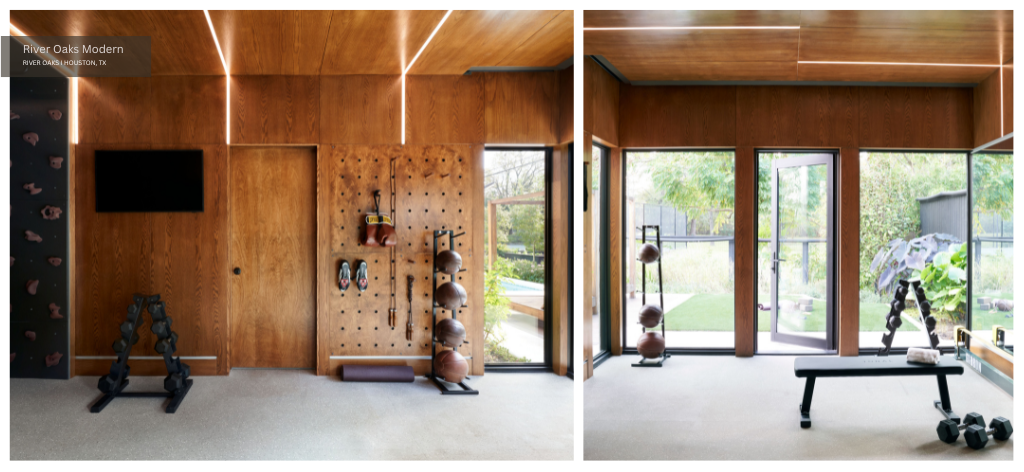
Ambient lighting — also termed “general lighting” — is the foundational illumination in a space that provides overall brightness and ensures that a room is evenly lit. Its primary purpose is to create a comfortable and safe environment by eliminating dark corners and shadows. General lighting is typically achieved through fixtures such as overhead lighting, chandeliers, or wall sconces.
Unlike task or accent lighting — which serve specific purposes or highlight particular areas or objects — ambient lighting sets the overall tone and mood of a room, making it suitable for everyday activities like walking, socializing, or performing routine tasks. The soft, diffuse effect of ambient light creates a backdrop upon which you can build other layers of lighting — thereby enhancing both functionality and aesthetics.
Task Lighting
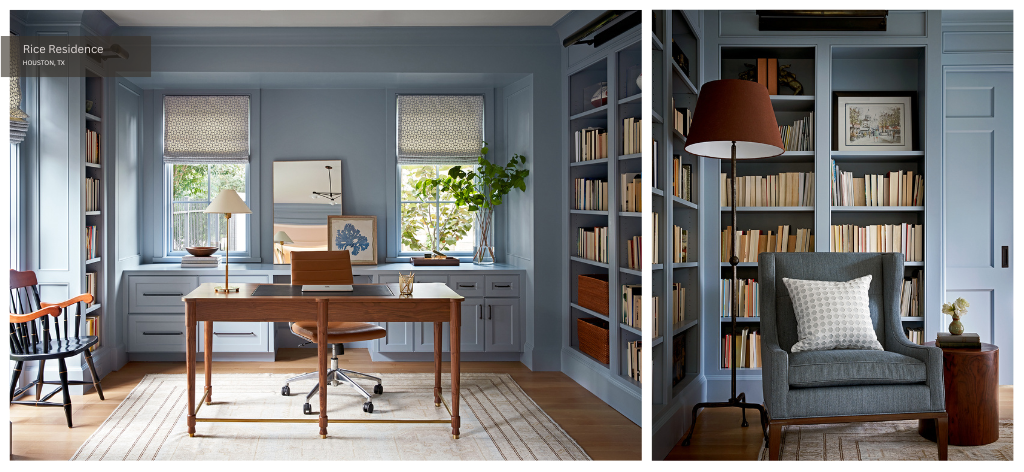
Task lighting is a specific type of lighting designed to provide focused and concentrated illumination for performing particular tasks or activities that require precision and clarity. It is typically used to enhance visibility and reduce eyestrain while working, reading, cooking, crafting, or any other task that demands close attention to detail.
Task lighting fixtures are strategically positioned to illuminate specific areas, such as a desk, kitchen countertop, or reading nook. Table lamps, under-cabinet lighting, pendant lights, and wall-mounted fixtures can all be used as task lights. In some cases, adjustable or craned floor lamps might also serve as task lighting. The key is to ensure your task lighting produces adequate, glare-free light directly on the task at hand. This way, you can perform all activities comfortably and efficiently without straining your eyes.
Accent Lighting
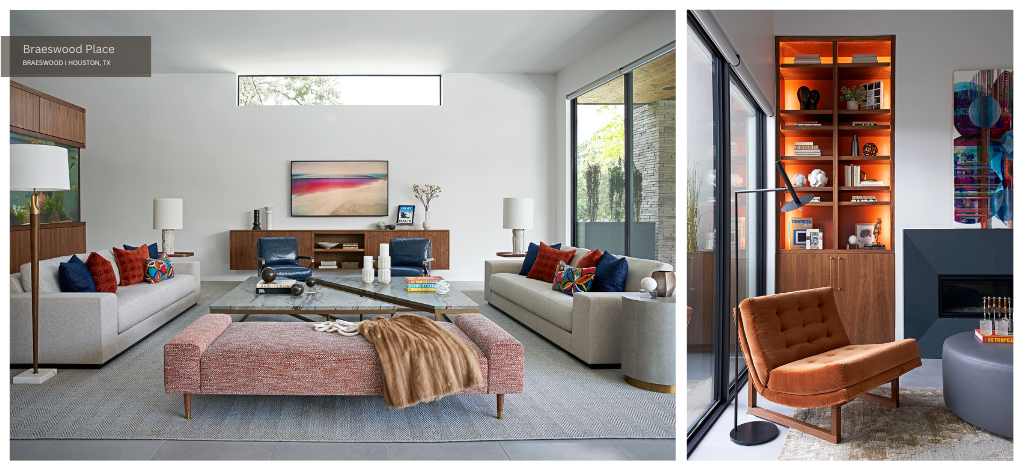
Accent lighting is a type of lighting used to highlight or draw attention to specific objects, architectural features, or areas within a space, adding depth and visual interest to the overall design. Unlike ambient or task lighting — which provides general illumination or functional lighting — accent lighting serves a decorative and aesthetic purpose.
It is often used to create a focal point, enhance the atmosphere, and contribute to the overall ambiance of a room. Common examples of accent lighting include track lighting directed at artwork, wall lights highlighting textured wallpaper, or well-placed uplights shining on sculptures or plants. Accent lighting plays a crucial role in interior design — allowing you to showcase and emphasize the elements you want to stand out while creating a visually appealing and layered lighting scheme.
Natural Lighting
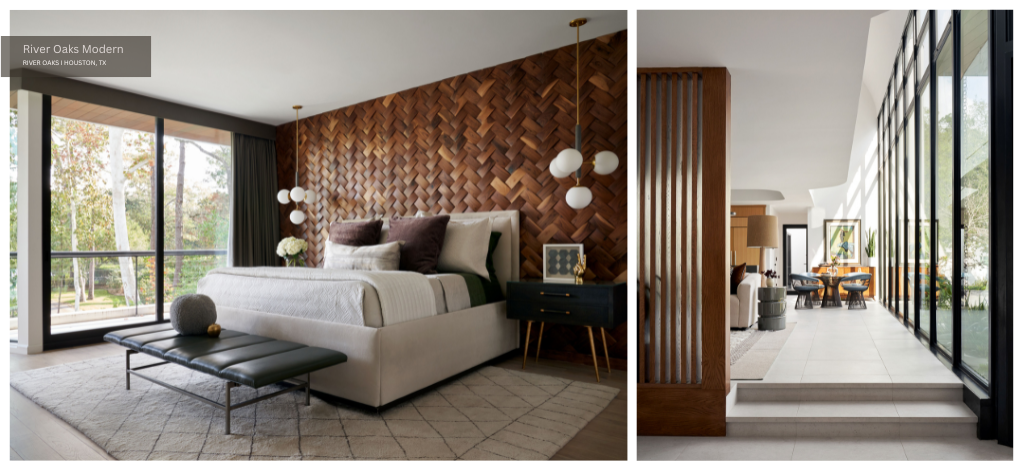
This post focuses on light fixtures — i.e., table lamps, track lights, chandeliers, pendant lighting, recessed lighting, sconces, and more. When layered properly, a mixture of artificial light sources can completely transform a space. However, one cannot ignore the role of natural light.
Natural lighting influences color perception, how tall or wide a space feels, how much energy is needed to heat and light a space, and the overall atmosphere of that space. Interior designers often consider the orientation and placement of windows and other daylight sources. In doing so, they can optimize natural lighting and create harmonious, visually appealing, energy-efficient, and functional living spaces. The impact of natural lighting on interior design is profound and multifaceted.
Exploring the Impact of Natural Light on Interior Spaces
First, natural light enhances the aesthetics of a space. It reflects the true colors of materials, textiles, and decor — allowing them to appear as they would under optimal conditions. This can significantly influence color choices — including pairings, palettes, and more.
Second, natural light plays a vital role in creating that sense of spaciousness and openness we love in living rooms, kitchens, and other shared spaces. Well-lit spaces tend to feel larger and more inviting. This aspect of natural lighting is particularly valuable in small or compact interiors — as filtration of natural light can make them appear airier and less confined.
Moreover, natural light can be used strategically to emphasize architectural elements and design features. It can draw attention to focal points, highlight textures, and create captivating interplays of light and shadow.
In terms of energy efficiency and sustainability, relying on natural light can reduce the need for artificial lighting during daylight hours — resulting in energy savings and a smaller environmental footprint. It aligns with sustainable design principles by minimizing energy consumption and enhancing the comfort of residents.
Key Considerations When Relying on Natural Light in Interior Design
Of course, natural light can also cause unwanted heat gain. Investing in high-quality window treatments and using LED light bulbs in each artificial lighting fixture can help limit this effect. We must also note that the color of natural light changes depending on the direction, time of day, and season. Your home’s geographic location and site orientation also impact how colors and textures are expressed under sunlight.
During sunrise and early morning, natural light tends to have a warm, golden hue with a color temperature around 2000-3000 Kelvin. Around noon, when the sun is at its zenith, natural light appears cooler and whiter, with a color temperature of approximately 5000-6000 Kelvin. This direct light is considered a neutral white light. As the sun sets and during the late afternoon and evening, that bright light becomes warmer again — similar to morning light — with a color temperature of 2000-3000 Kelvin.
The direction from which sunlight enters a room can also impact its color. For example, when sunlight enters from a north-facing window, it tends to be a blue, cool light. In contrast, sunlight from a south-facing window is generally a golden, warm light. Working with an interior designer and architect ensures each room in your home receives the type of light you want, at the time of day you want.
Lighting Guide for Home: Our Tips for Selecting and Placing Light Fixtures
#1 Define Each Room’s Purpose
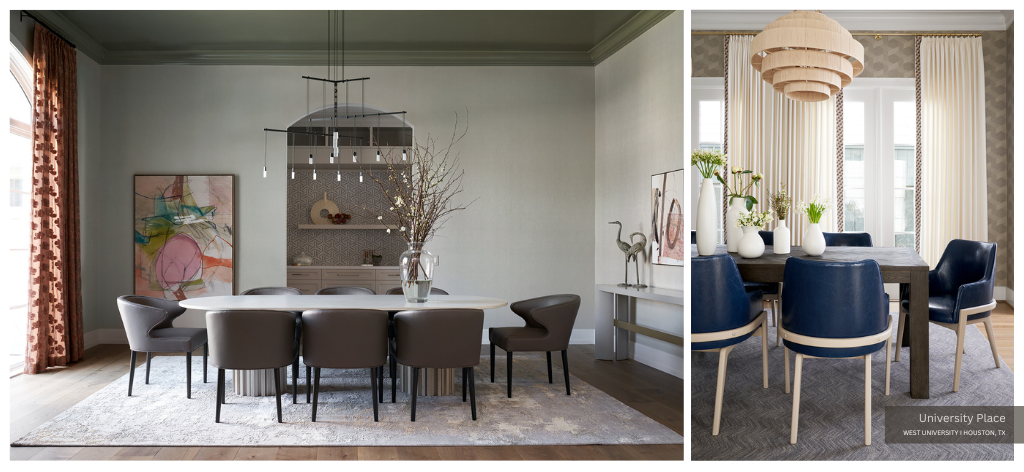
Begin by considering the function of the room. Considering a room’s purpose is paramount when selecting light fixtures because lighting significantly impacts how a space is used and perceived. Different activities require specific lighting levels and types to create a comfortable and functional environment. For example, a kitchen benefits from bright task lighting to aid in food preparation, while a bedroom benefits from soft, ambient lighting to promote relaxation. Understanding the room’s purpose allows you to tailor the lighting design accordingly.
Moreover, lighting selections mold the mood of a room. For example, you might select a dramatic statement chandelier to hang above the dining room table in anticipation of formal events. In contrast, a home office may require focused task lighting. By aligning the lighting with the room’s intended use, you ensure that it not only serves its functional purpose but also contributes to the overall design and ambiance of that space.
#2 Measure Ceiling and Furniture Height
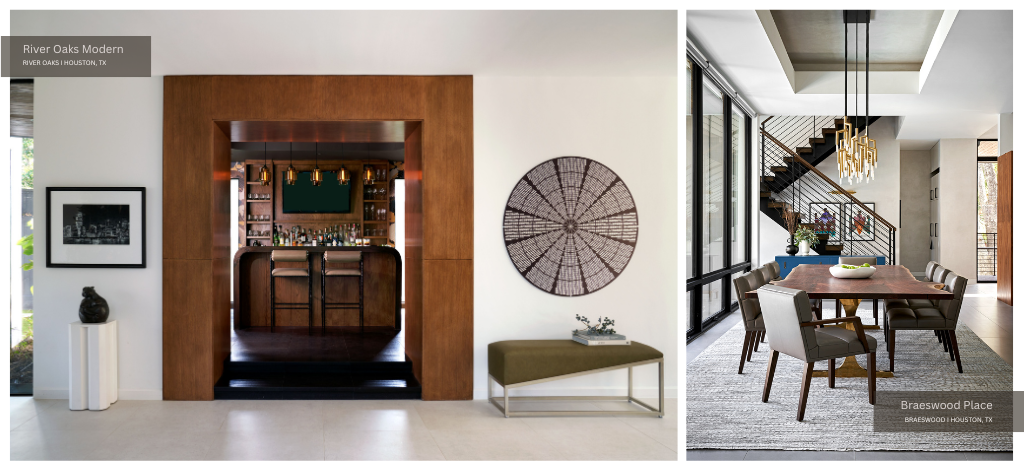
Ceiling height can influence the type of fixtures you choose. High ceilings may require pendant lights or chandeliers to fill the vertical space, while low ceilings may benefit from flush-mount or semi-flush-mount fixtures to save space. Fixture height should complement the room’s proportions to avoid visual and functional discomfort.
Furniture height also matters. Light fixtures should be positioned at a height that ensures even illumination without obstructing sightlines or creating glare. You should be able to use your kitchen island, dining table, or home office desk without fear of bumping your head on a pendant light, chandelier, or arched floor lamp.
How High Above Surfaces Should You Hang a Chandelier or Pendant Light?
Experts are somewhat divided over how far above a dining table or kitchen island your pendant light or chandelier should hover. Quoting a lighting professional in her article for House Beautiful, Medgina Saint-Elien writes “The bottom of your chandelier should be between 30 and 36 inches away from your table.” In an article for Elle Decor, Alyssa Gautieri recommends that you “Hang chandeliers low—28 to 34 inches above the table.” A designer will assess your specific space and lighting fixture to determine the appropriate height.
#3 Consider Color Temperature
As noted above — whether natural or artificial — color temperature can change our perception of different hues while influencing the atmosphere of a given space. Color temperature, measured in Kelvin (K), determines whether the light appears warm and cozy or cool and crisp.
Warm color temperatures (around 2700-3000K) create a welcoming and relaxed ambiance, making them well-suited for living rooms, bedrooms, and dining areas. In contrast, cooler color temperatures (5000-6000K) provide a bright, energizing feel, suitable for task-oriented spaces like kitchens or home offices.
The choice of color temperature should align with the room’s purpose and the desired mood. Selecting the right color temperature enhances the overall aesthetics of the space and ensures that the lighting complements the room’s function and design — contributing to a comfortable and visually pleasing environment.
#4 Install Dimmers
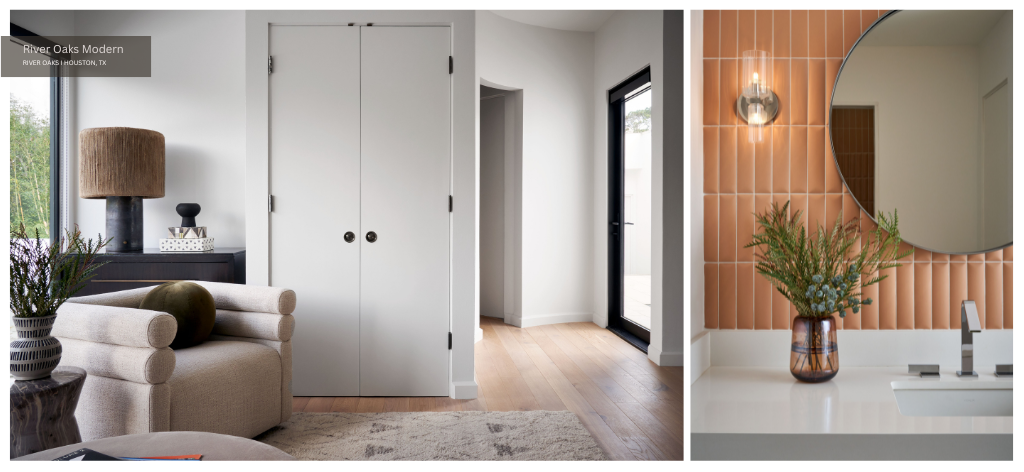
Install dimmer switches wherever possible. Dimmers allow you to adjust the level of lighting to suit different tasks, moods, and times of day — offering flexibility and control over your environment. They contribute to energy efficiency by reducing electricity consumption when full brightness is unnecessary — which can lead to cost savings.
Dimming also extends the lifespan of light bulbs, reducing replacement frequency. Beyond the practical benefits, dimmer switches can create a cozy and inviting atmosphere, improve visual comfort by reducing glare, and set the perfect ambiance for various activities, from bright task lighting for work to soft, relaxed bedroom lighting for winding down in the evening.
#5 Invest in Customized Wall Plates
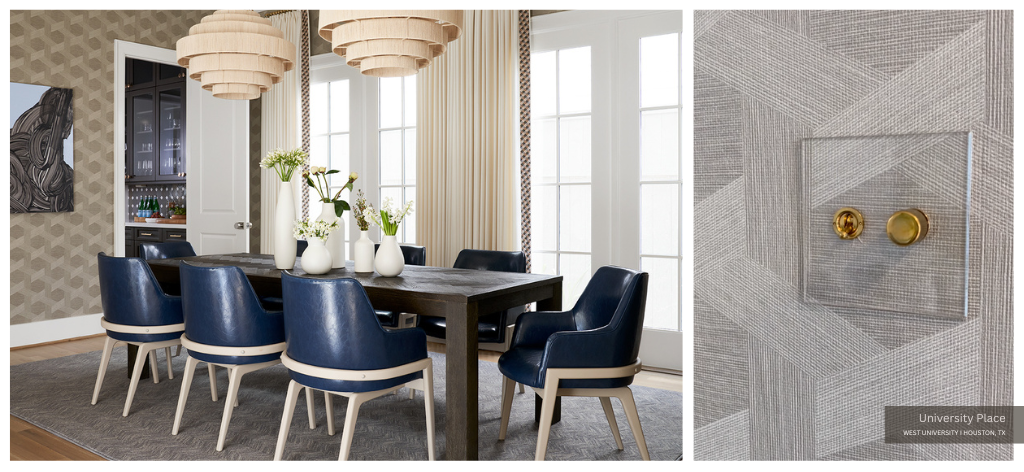
This might not be a necessity, but we highly recommend investing in customized wall plates that match your light fixtures, complement the color palette of your space, or blend in with the surrounding wall. Wall plates can be designed to seamlessly integrate with existing electrical outlets, switches, and other fixtures — ensuring that they fit perfectly into the room’s layout without any visual disruptions.
For example, selecting wall plates made with transparent materials means there is no interruption of the room’s gorgeous wallpaper or bold paint color. Attention is not drawn away from artwork mounted on the walls or from the light fixtures themselves. Consider the gorgeous plates in the formal sitting room of our University Place project pictured above!
#6 Layer Lighting
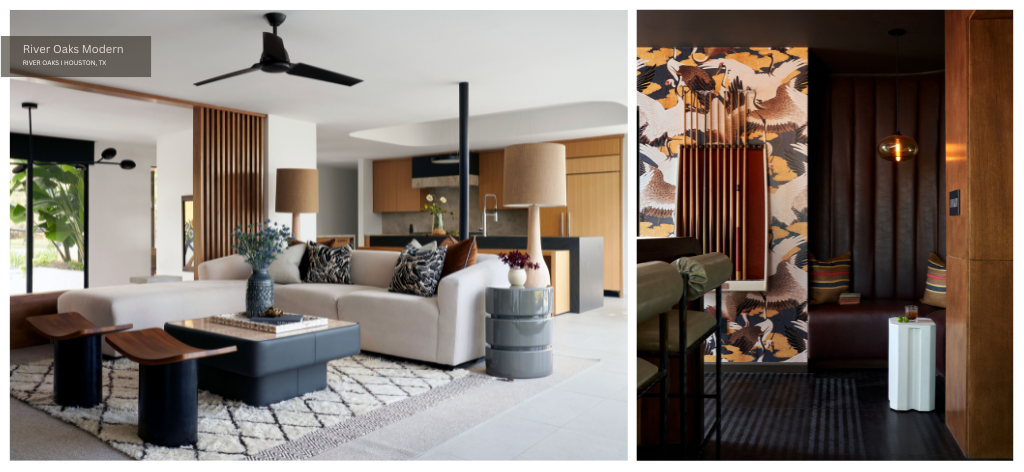
We underscored the importance of layering your lighting earlier in this post, but let’s review! Relying too heavily on a single source of lighting — such as harsh overhead lights — can flatten the space — potentially washing out the room’s colors and textures. By incorporating a variety of lighting sources like ambient, task, and accent lighting, you can introduce depth, contrast, and visual interest.
This layered approach allows for the strategic highlighting of architectural features, artwork, and decor — drawing attention to focal points while preserving the room’s overall character. It also enables you to control the intensity and direction of light — ensuring that the room retains its sense of space and proportions.
Furthermore, layered lighting allows you to use the same room for multiple purposes. In a large space with multiple zones, this is absolutely essential.
#7 Consider Heat and Intensity When Highlighting Specific Features
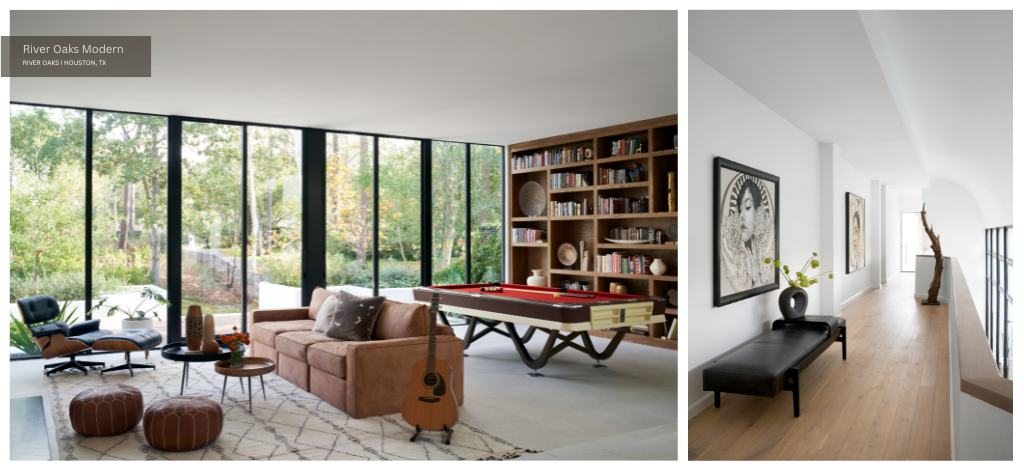
It’s vitally important that you consider heat, distance, direction, and intensity when highlighting delicate artwork, hand-painted wallpaper, and other objects that might fade if overexposed. Overexposure to intense light — especially sunlight and high-intensity artificial light, can cause the colors in paintings, photographs — and other artworks to fade over time. This is particularly true for pigments, inks, and dyes that are sensitive to UV radiation. Limiting the light intensity helps protect the vibrancy and richness of the artwork.
How to Properly Light Artwork
Avoid halogen and other hot-burning bulbs. Bulbs that emit excessive heat can raise the temperature around the artwork, potentially causing damage. Heat can lead to the deterioration of materials like canvas, paper, and adhesives, and it may cause warping or cracking in certain types of artwork. Opt for LED lights over halogen, incandescent, or fluorescent lights if possible.
Consider the direction and intensity of lighting when displaying glazed or varnished works. High-intensity lighting can create glare and reflections on the artwork’s surface, making it difficult to appreciate the details and colors. It can also interfere with the viewer’s ability to see the artwork from different angles. If possible, invest in UV film or UV-treated glass for framed works.
Avoid picture lights that shine down on watercolors, drawings, paintings, textiles, mixed-media artworks, or works on paper like maps and letters. This intense, downward-facing light can cause damage to the top of the piece while leaving the bottom in better condition. Maintaining stable, diffuse lighting conditions is essential for displaying art in a controlled and predictable manner. Fluctuations in light intensity can lead to uneven fading or damage over time. If you notice degradation — i.e., fading, cracking, flaking, blistering, pigment migration, or other damage — contact a conservator.
#8 Work with a Professional
Last but not least, work with a professional to select light fixtures and leverage natural light within your home. Interior designers bring a wealth of expertise in lighting design and space planning. They can assess your space — taking into account its unique features, layout, and architectural elements. In doing so, they will develop a lighting plan that suits your needs, faithfully reflects the pieces you choose, and enhances the functionality of each room.
Interior designers also have access to a wide range of lighting resources and can recommend fixtures that align with your design preferences and budget. Whether you prefer contemporary, traditional, or custom lighting solutions, they can source fixtures that seamlessly integrate with the overall design scheme.
Furthermore, interior designers know how to make the natural light that filters into your home. They can assess each room’s orientation, window placement, and any potential obstacles to natural light. Designers can then make recommendations for window treatments, reflective surfaces, and spatial arrangements that maximize the benefits of daylighting. Their expertise ensures that the room remains comfortable, energy-efficient, and well-lit throughout the day, creating a harmonious blend of artificial and natural lighting that enhances both aesthetics and functionality.
Ready to Explore New Lighting Options?
If your home is due for an updated lighting program or if you are ready to renovate spaces within, reach out to our team at Laura U Design Collective with information about your project.
